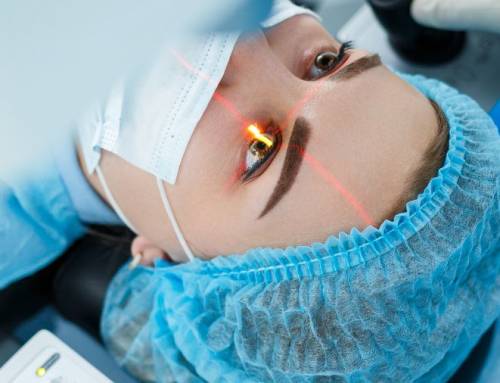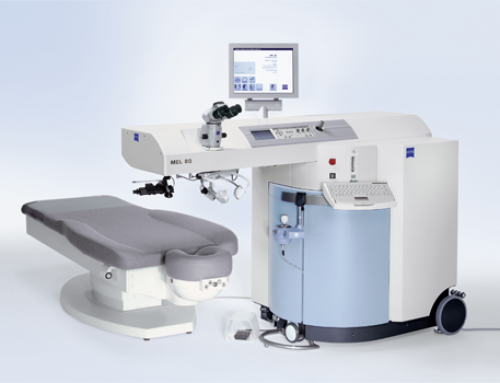You may not have known it, but until a few years ago the requirements to become a military pilot or astronaut were so high that they ruled out people who did not have perfect vision, or those who had planned or undergone vision correction.
LASIK is currently a safe treatment for correcting vision problems such as myopia, hyperopia and astigmatism. However, NASA thought for a long time that this type of laser operation did not give enough guarantees to pass the cut.
What concerned the specialists was whether the corneal flap that was lifted to apply the laser was stable enough, as well as the visual quality after the operation. To find out, they performed a series of tests in extreme situations on aspiring astronauts who had undergone eye surgery.
The results revealed that there was no risk. In fact, some specialists advised that all astronauts and pilots who wore glasses or contact lenses should undergo the operation to avoid the use of external elements to correct their vision.
The army gave the go-ahead, and NASA was convinced a short time later, after observing the good results achieved by Femtolasik or bladeless LASIK, where instead of using blades, a computer-controlled laser is used.
Femtolasik or Femtosecond Bladeless LASIK
In recent years, the LASIK technique has become safer, evolving into Femtolasik, a technique where a double laser is used: first a femtosecond laser to separate the most superficial layer of the cornea, and then an excimer laser to carve the cornea and correct the visual problem.
The operation takes less than 20 minutes, after which the patient can return to normal life in a matter of hours. With this change in NASA and military aviation policies, many aspiring nearsighted people could once again dream of doing their dream job.
If femtolasik or double laser eye surgery is safe for organisations as important as NASA or the US military, then any ordinary person should not be afraid of this type of safe and painless surgery.
If you want to know more about the subject, you can read the article published in the Wall Street Journal, and if you want more information about double laser surgery or femtolasik, you can make an appointment at one of our ophthalmology clinics.




Leave A Comment